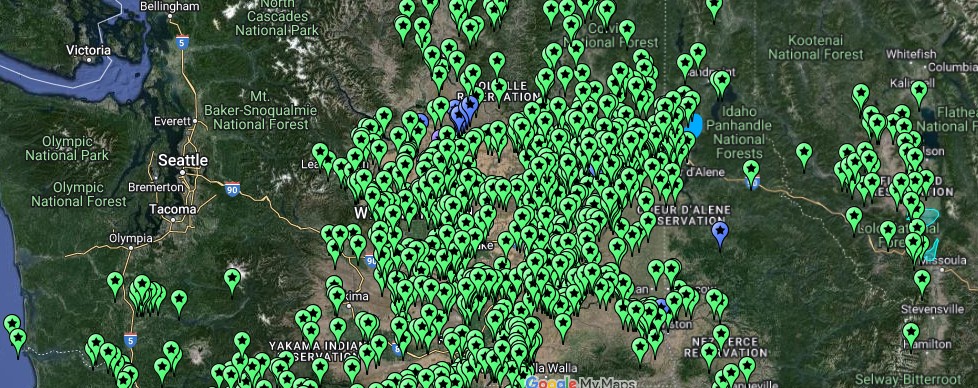J Harlan Bretz "It was a debacle," wrote J Harlan Bretz in 1923, that carved Washington's Channeled Scabland. This prescient finale today brings to mind debacles geologic, personal and periodic. The cataclysm in Bretz's "Spokane flood" initiated a famous controversy. Published arguments against great Scabland flood erupted in the 1920's and raged on into the 1940's--critics by various more conventional schemes calling for less water over more time. As Bretz had almost no published support, it seemed to many his personal debacle. Yet re-reading the early reports, and recently the summary field notes, I sense that by the extraordinary field evidence he had documented throughout the region, Bretz knew all along that his 'catastrophysm' would prevail. After J.T. Pardee showed in 1942 that huge glacial Lake Missoula had discharged abruptly. Bretz and colleagues in 1956 show with the old evidence--and with stark new evidence in giant current dunes adorning many gravel bars--that water from glacial Lake Missoula had indeed carved the 'Channelled Scabland'. With detailed geomorphic field evidence they skewer Bretz's critics--this in turn becoming their personal debacle. waittThe story takes a more gradualistic turn with discovery that Lake Missoula drained periodically. In his final Scablands paper in 1969, Bretz, by geomorphic evidence counts seven floods at most. But hardly a decade later, new stratigraphic evidence was showing that Lake Missoula released scores of giant floods during the last glaciation alone. These outbursts were both periodic and gigantic by degrees, truly colossal and coming decades apart when the damming Purcell Trench lobe was thick, but as the ice gradually thinned diminishing to coming only a decade or a few years apart, and at the end one year apart. This 'jokulhlaups' idea erupted new controversy, this one also lasting more than two decades. If it has simmered down lately, this argument is also being settled by field evidence. If Missoula floods were numerous and periodic during last-glacial marine-Isotope stage 2 (25-15 thousand years ago), what happened during seemingly equally deep glaciations of AR-isotope stages such as 6 and 12 (140-440 thousand years ago)? So far we know of no supporting field evidence--only scattered field sites that suggest one gigantic flood far back, perhaps a million years ago. It will be for today's young scientists to decipher this and other remaining enigmas. Thursday, January 16, 2025, In Person 6:45PM PST Tualatin Heritage Center, 8700 SW Sweek Drive, Tualatin, OR 97062 ALSO Simultaneous Live ZOOM from THC if you cannot attend the in-person THC meeting yourself. Click here for Zoom meeting, Meeting ID: 869 4651 3479 Passcode: 322382.






